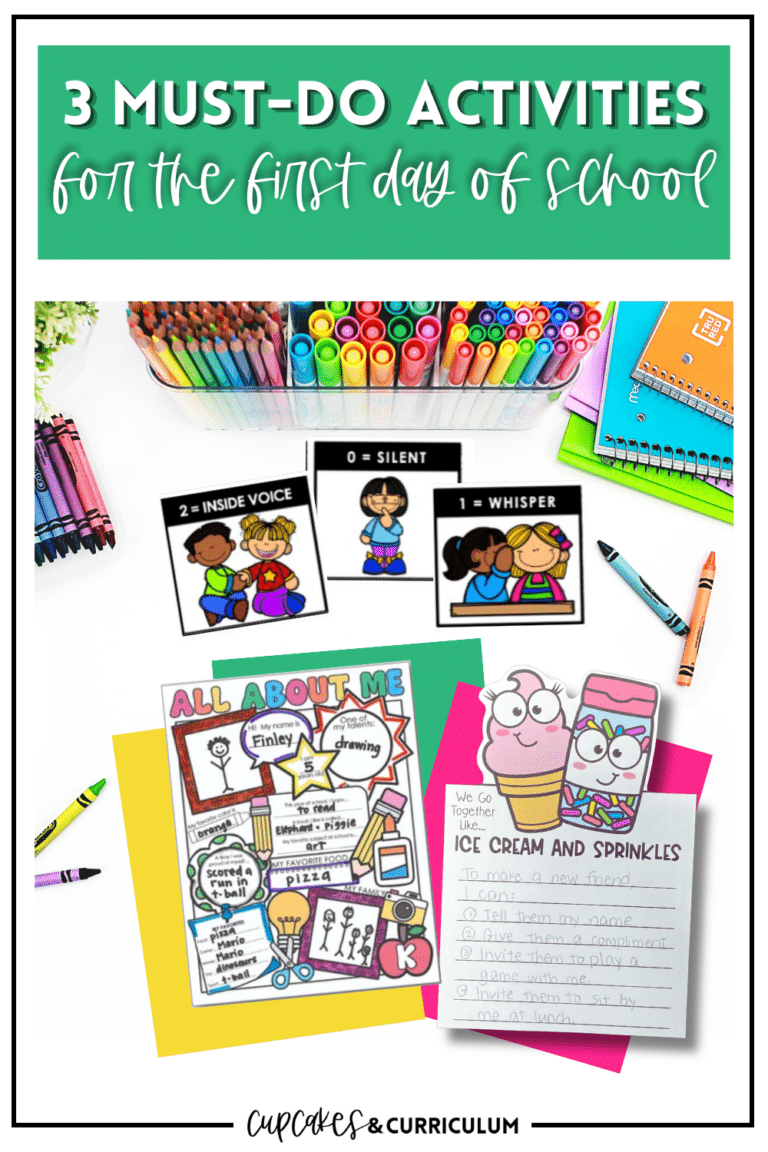

You may be hearing a lot of buzz in the education community about Social Emotional Learning. Although this is not a new concept, it is really beginning to show its effectiveness across the nation. There are many benefits to SEL, and the effects go well beyond the classroom. In fact, the skills learned through these lessons help mold the overall character and emotional intelligence of each child it is taught to that sticks with them through life.
Social emotional learning is the learning process in which children of all ages learn how to acquire and apply skills beyond standard core educational subjects. These skills include identifying emotions, understanding and communicating with peers, and building strong relationships based on empathetic boundaries. Basically, this learning concept helps teach students important life skills for personal and social settings.
SEL focuses on improving
And more.
There are many factors that contribute to how essential SEL has become for our students. Increased screen time that leads to decreased social interaction is the cause of many social skill issues. Some children are also not given the opportunity to learn certain skills at home. This lack of skills practice can lead to behavioral issues, poor communication, and self-regulation issues in children simply because they do not know how to cope with their emotions, especially in a social setting.
Students experience a wave of emotions at each age they are learning to understand. Whether you teach kindergarten or 5th grade, there will always be room for each student to grow in their personal development due to the many social situations they face at home and school.
I’m sure you can remember a few students of your own that were not “bad kids,” but they got in trouble constantly and caused a negative reputation simply because they had outbursts, were defiant, and maybe even got physical. These students are most likely lacking valuable social skills that help them understand and regulate their own emotions to, in turn, make good decisions.
This is exactly why Social Emotional Learning is so important in the classroom. Simple and short lessons can be incorporated into your daily routine that will help teach your students valuable skills that will transform their behavior and self-confidence. Even lessons such as having patience, listening well, or tattle-telling can completely change your overall classroom community. I’ve seen firsthand how amazing this learning concept is, and I fully believe it should be in every classroom, not only for the student’s character development but also for the educator to have a more calm and unified community.
The great thing about SEL lessons is that it doesn’t have to be complicated. You have resources at your fingertips that include a full lesson with teacher’s notes, home newsletters, books, and activities that are modifiable (I’ll post some of these below!). I have created an entire library of SEL curriculum that simply requires to be downloaded, printed, and handed out.
I highly recommend getting a bundle set to get started and have multiple lessons available, but you can easily get individual lessons you feel are essential to your classroom. You can even see the many comments and reviews that explain how wonderful applying these SEL lessons to other educators’ classrooms have been for them.
Here are a few of my favorite, complete lessons:
You can see more of these resources, including bundles, HERE.
Other benefits of Social Emotional Learning are positive moods, better relationships at home and at school, and coping skills. When students learn how to navigate relationship management through SEL, classroom communities become stronger. Students are able to communicate better through sharing, taking turns, boundaries, tattling, and much more.
Having a classroom that gets along and functions as a unified team is absolutely possible! It only takes teaching students how to work through their emotions in any given situation. With the resources I provided above, teaching these skills can be a breeze!
Listening skills, respectfulness, and accountability are also addressed in SEL lessons. You’ll be able to see the difference in students clearly, and others will be able to take note of the changes as well!
I encourage you to take a step into the world of Social Emotional Learning and see the difference it makes in your classroom and your individual students.